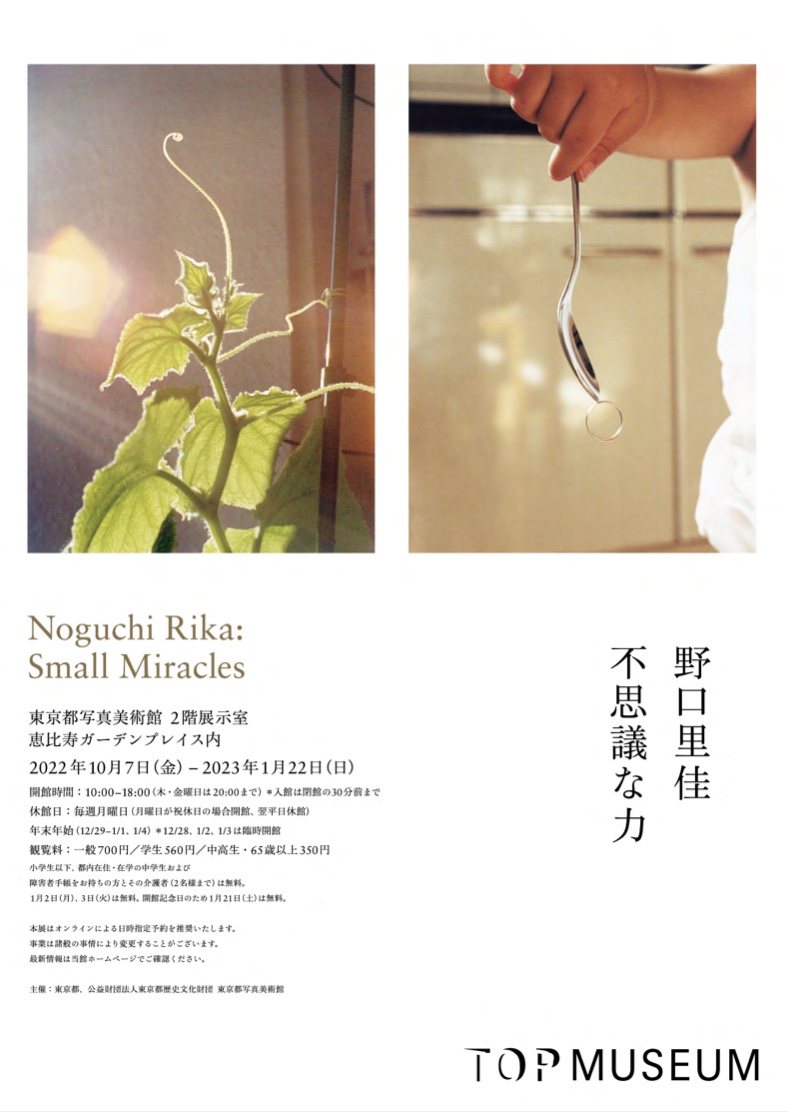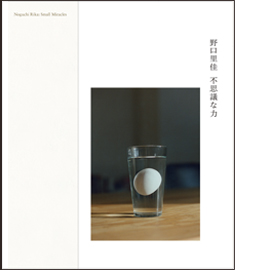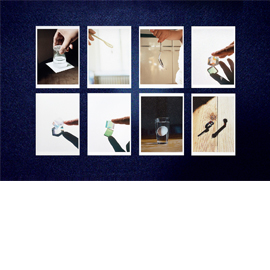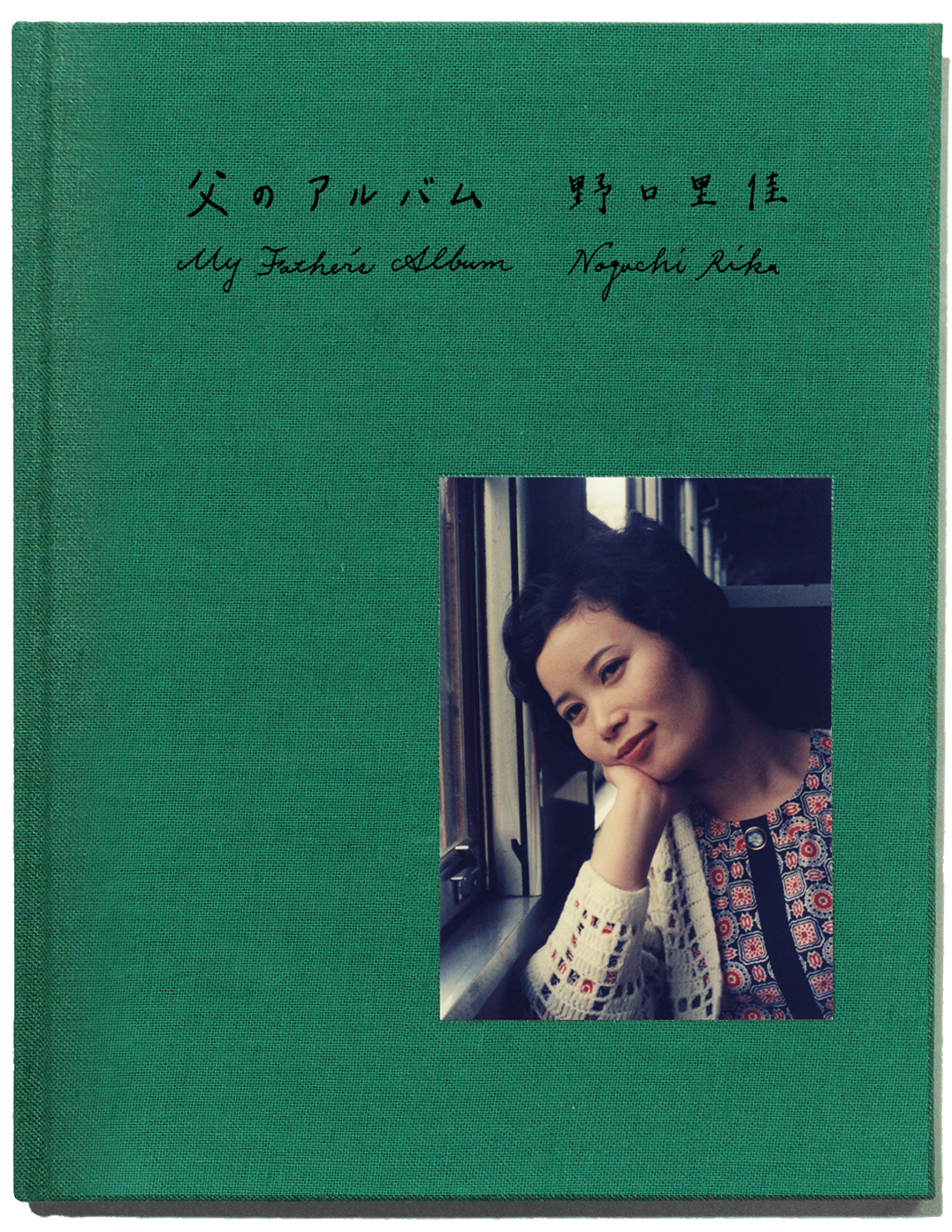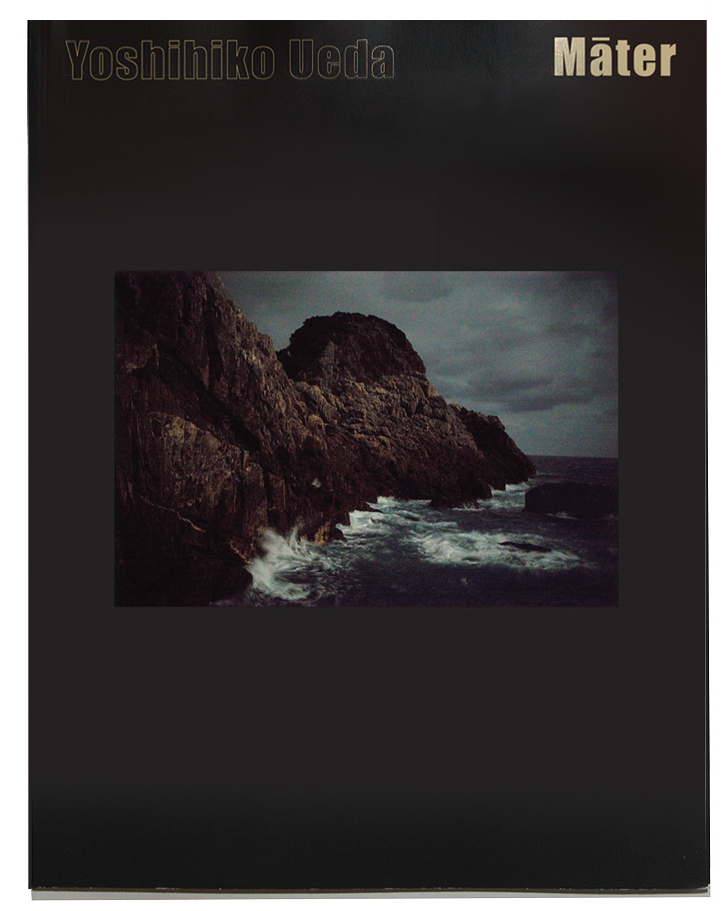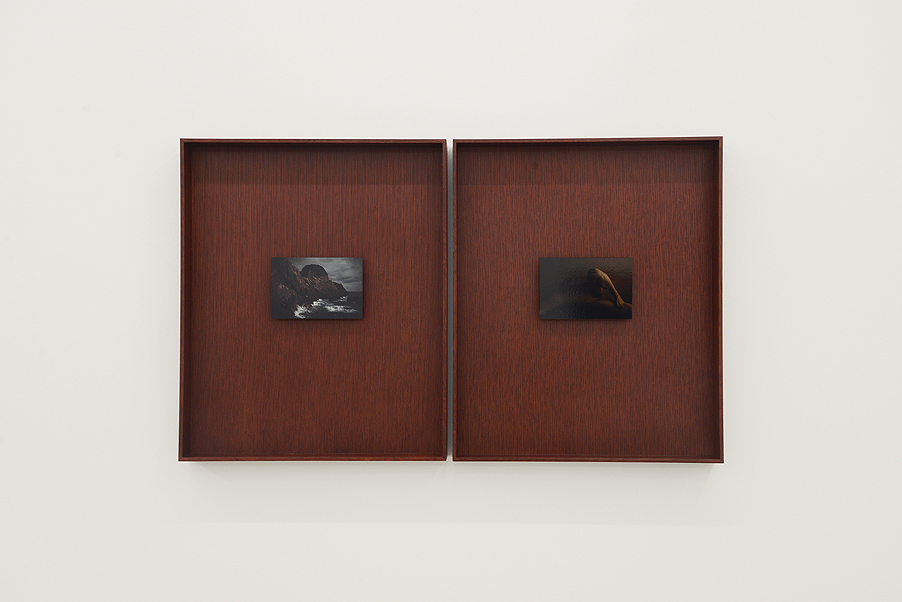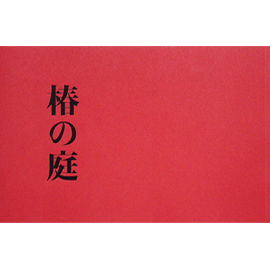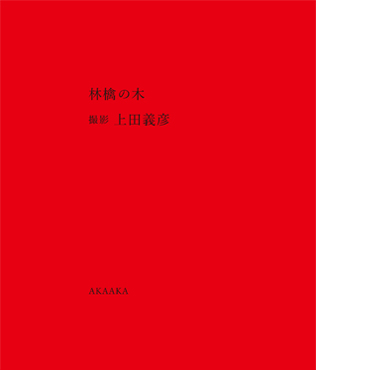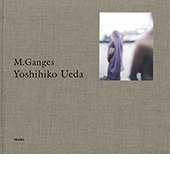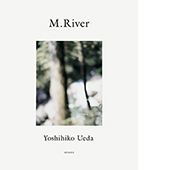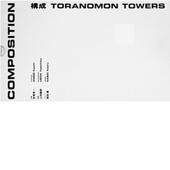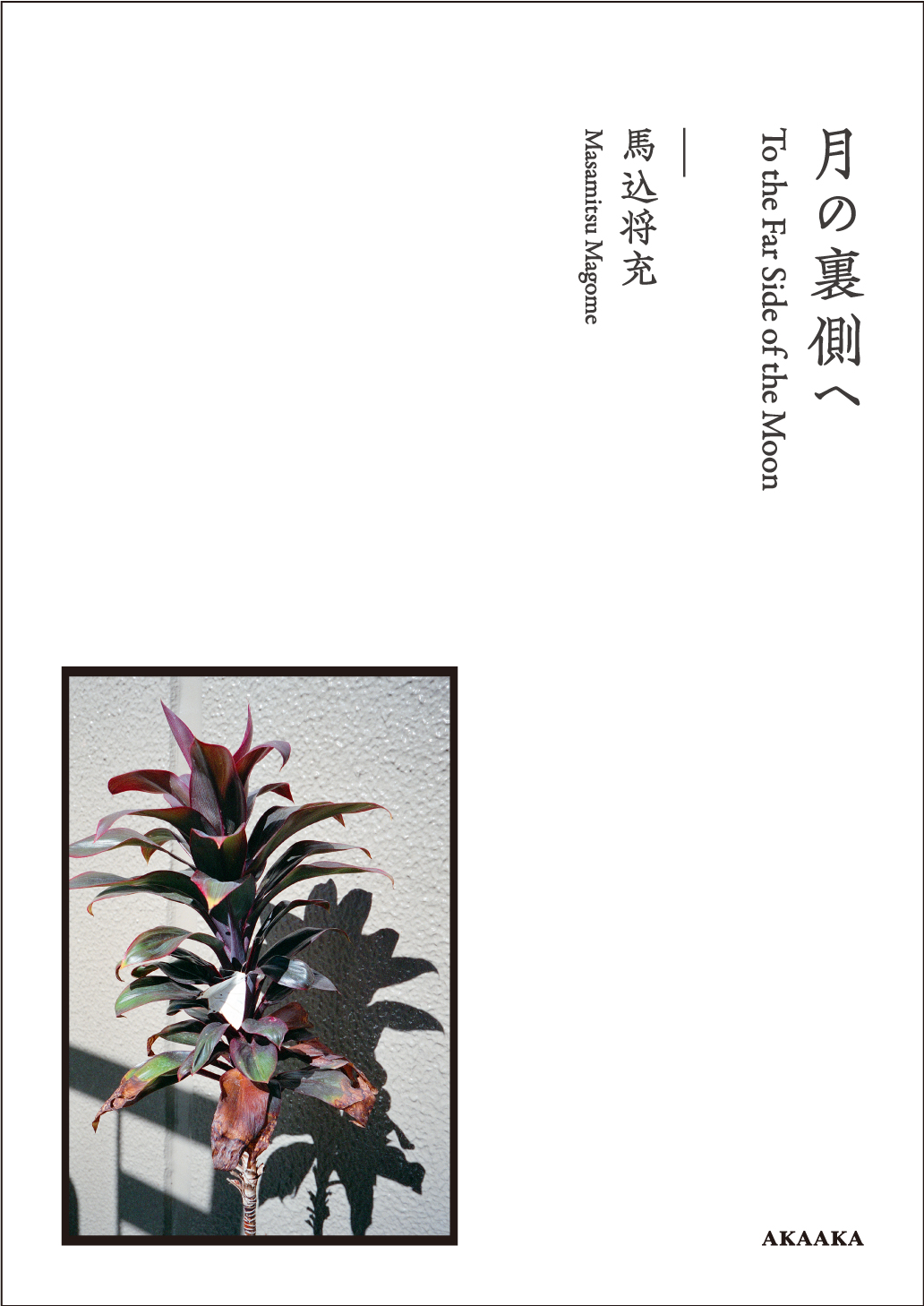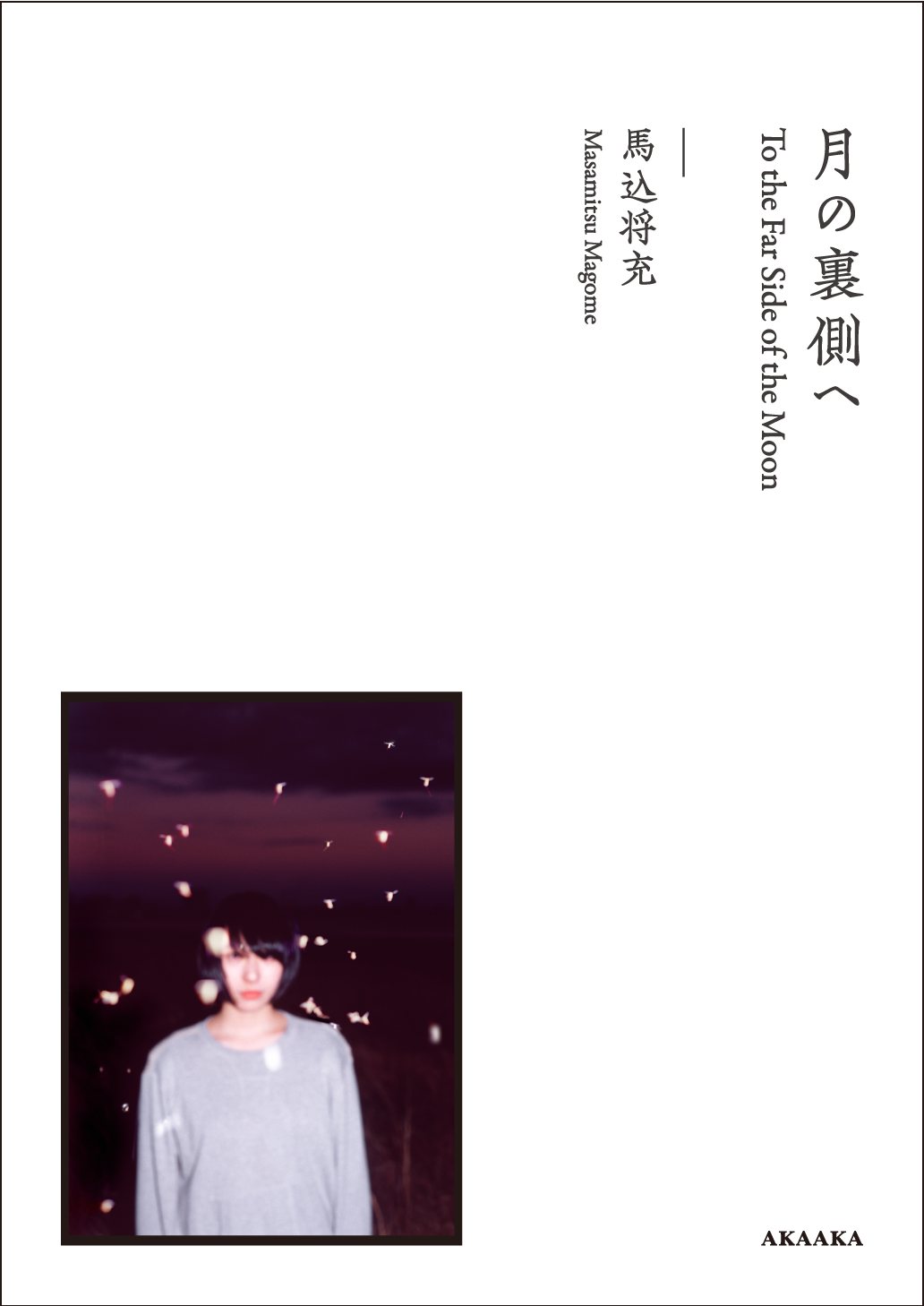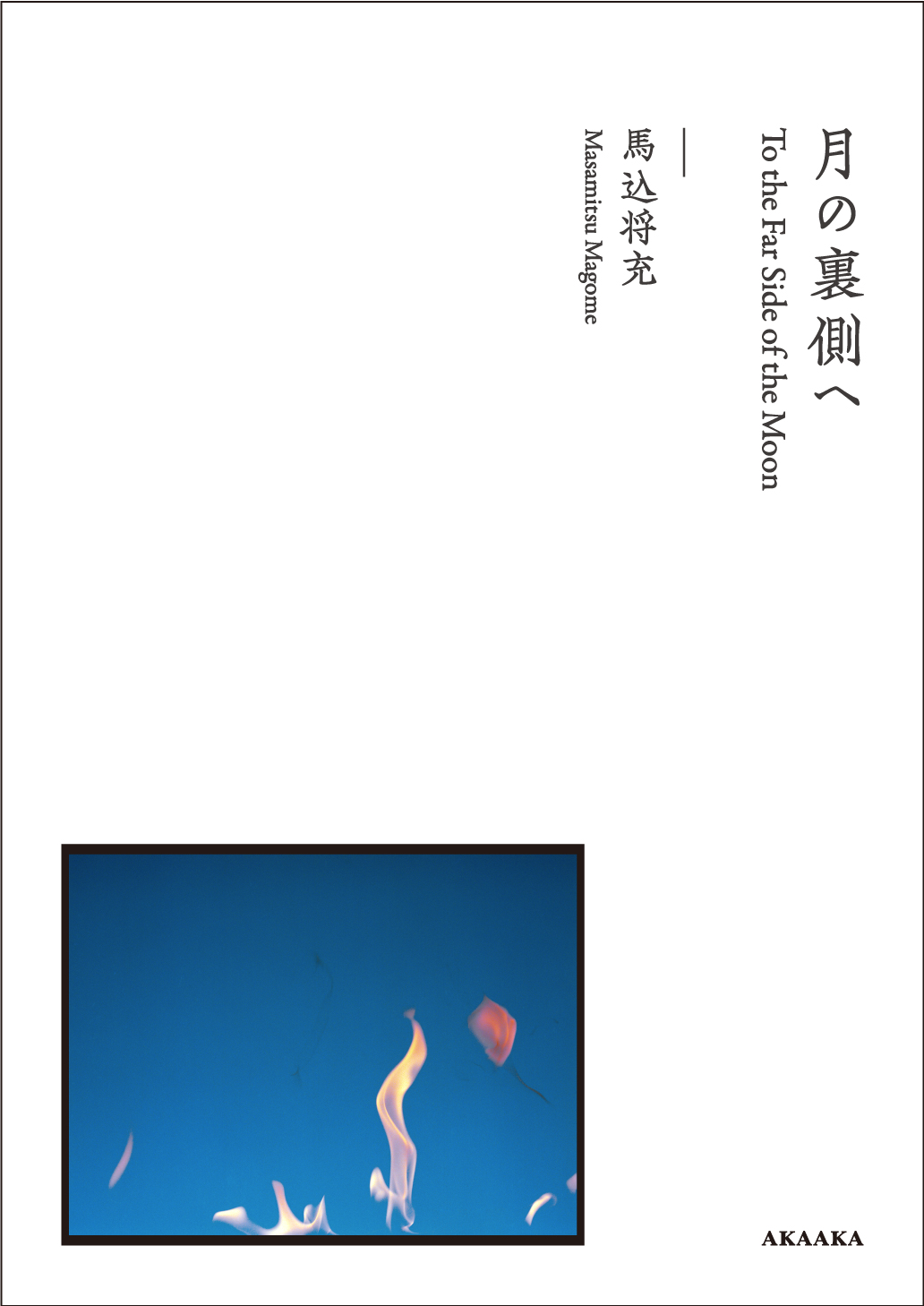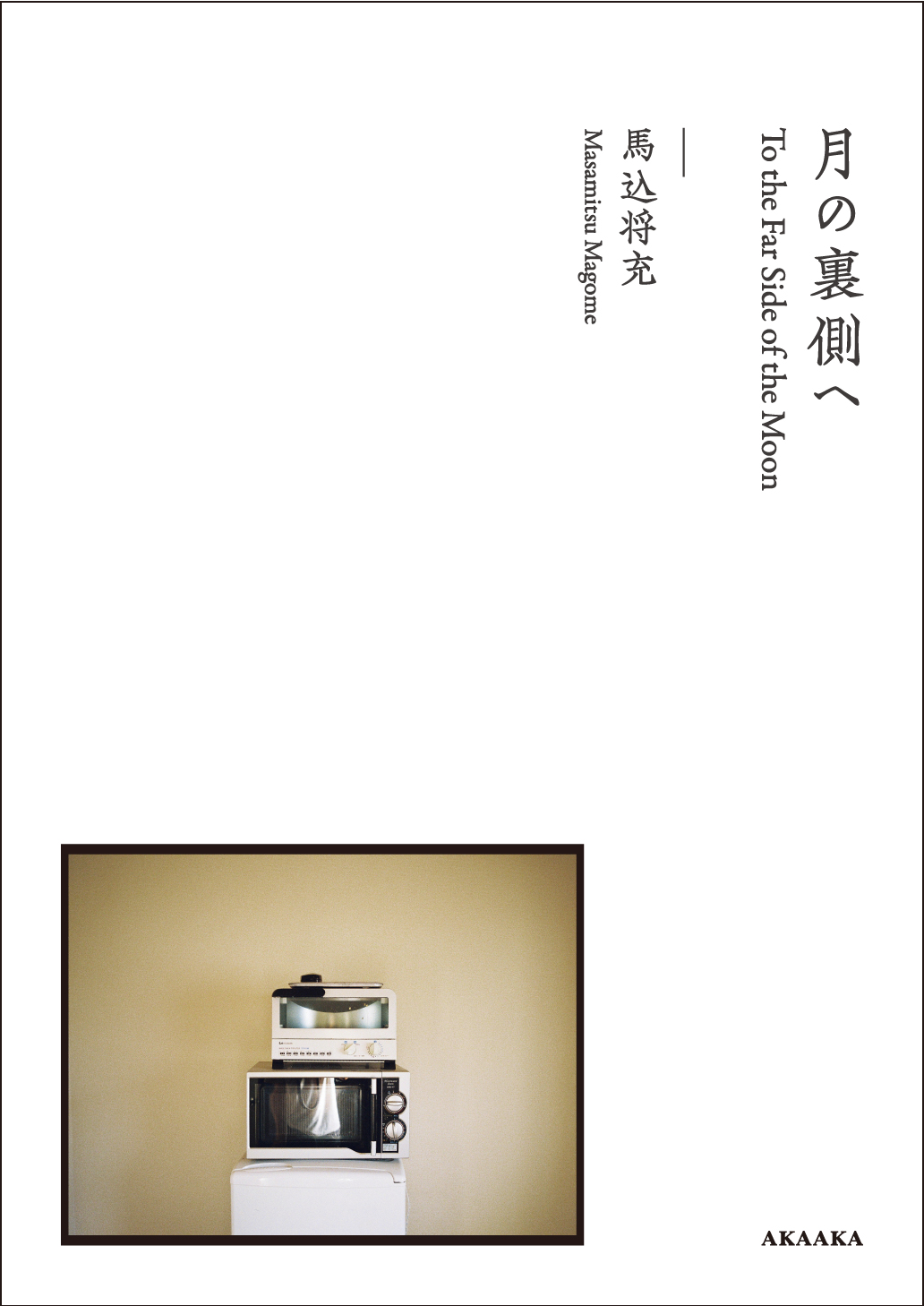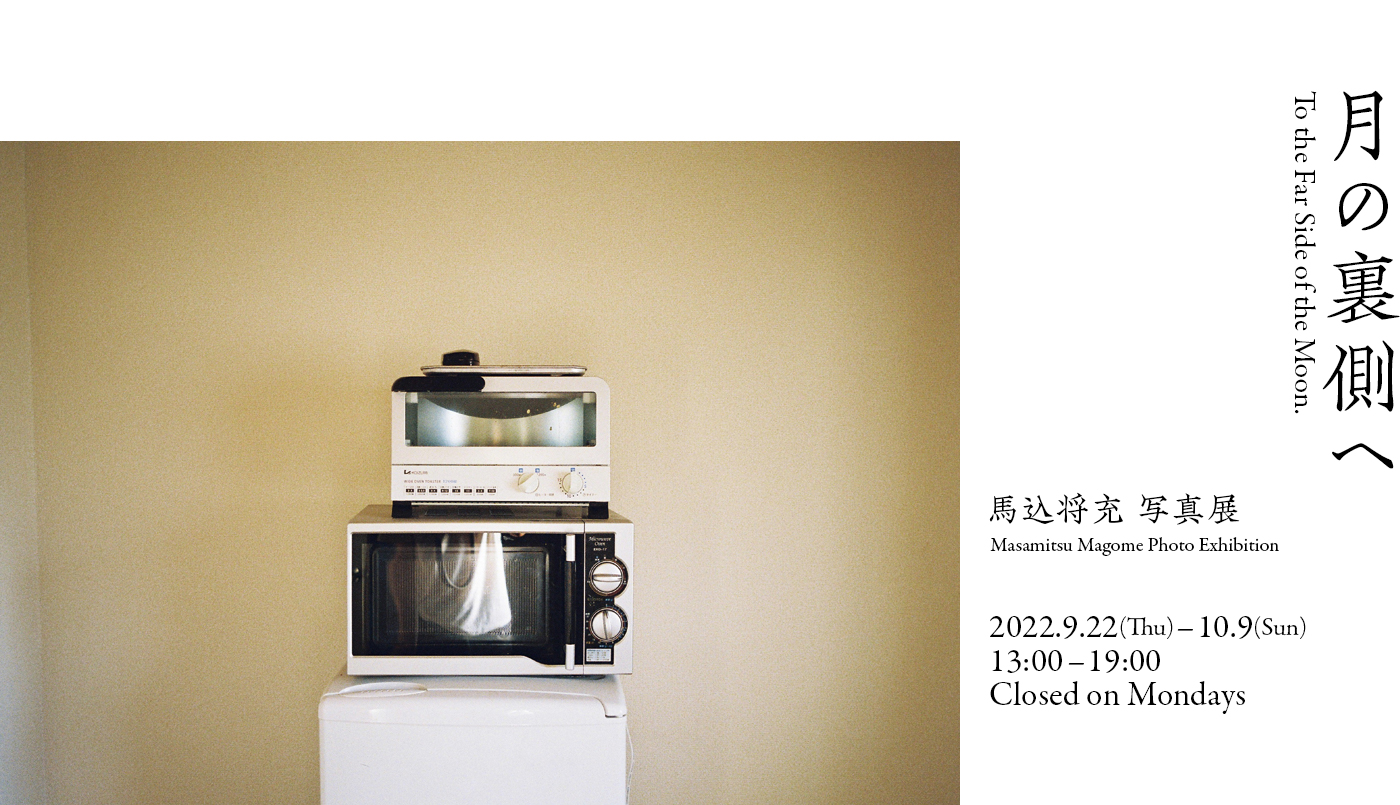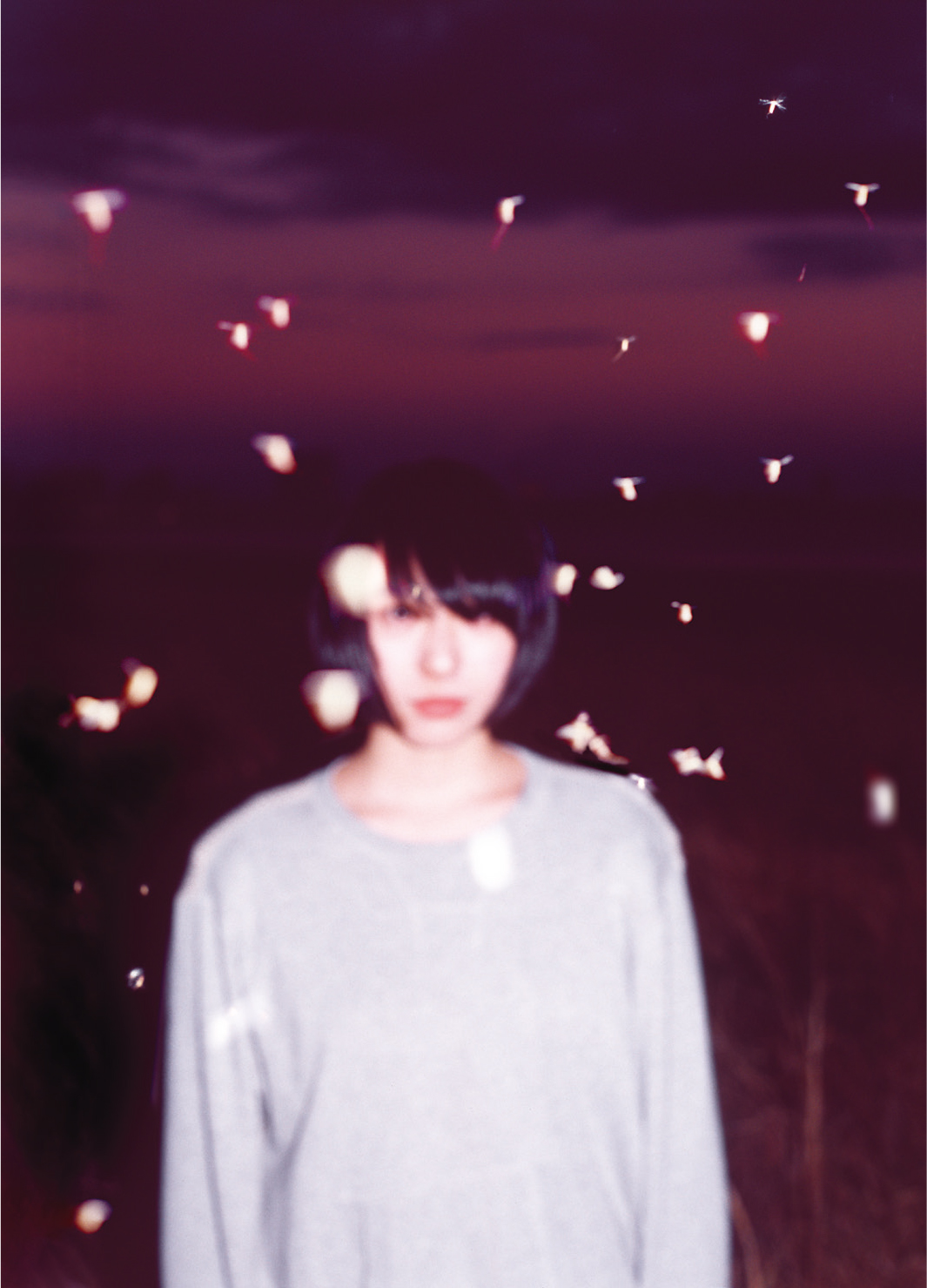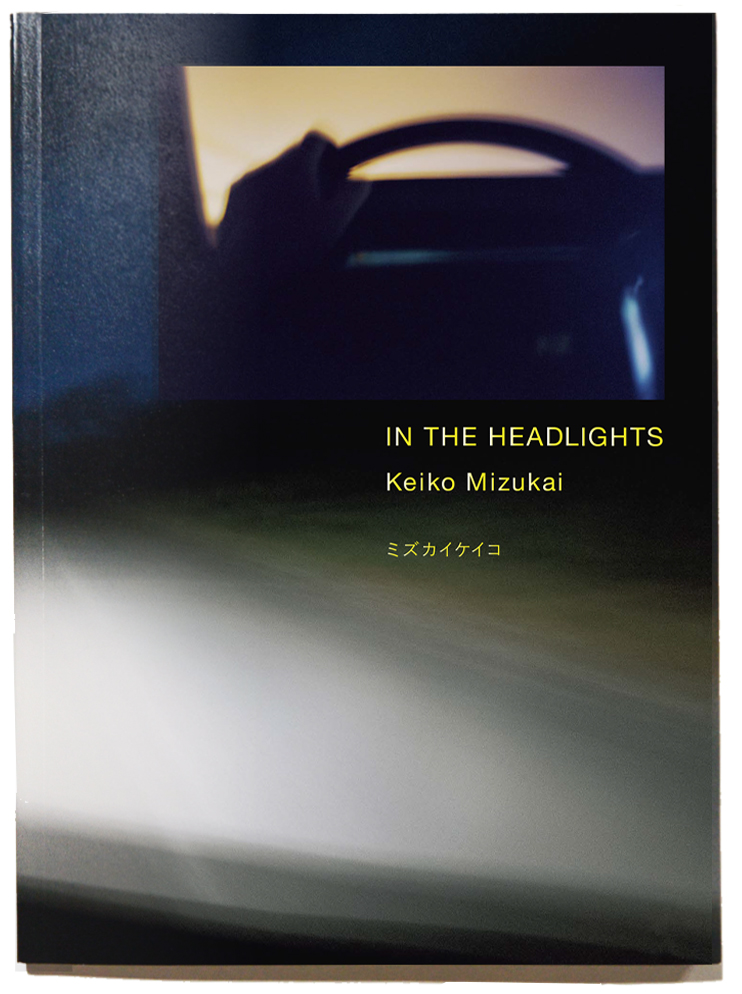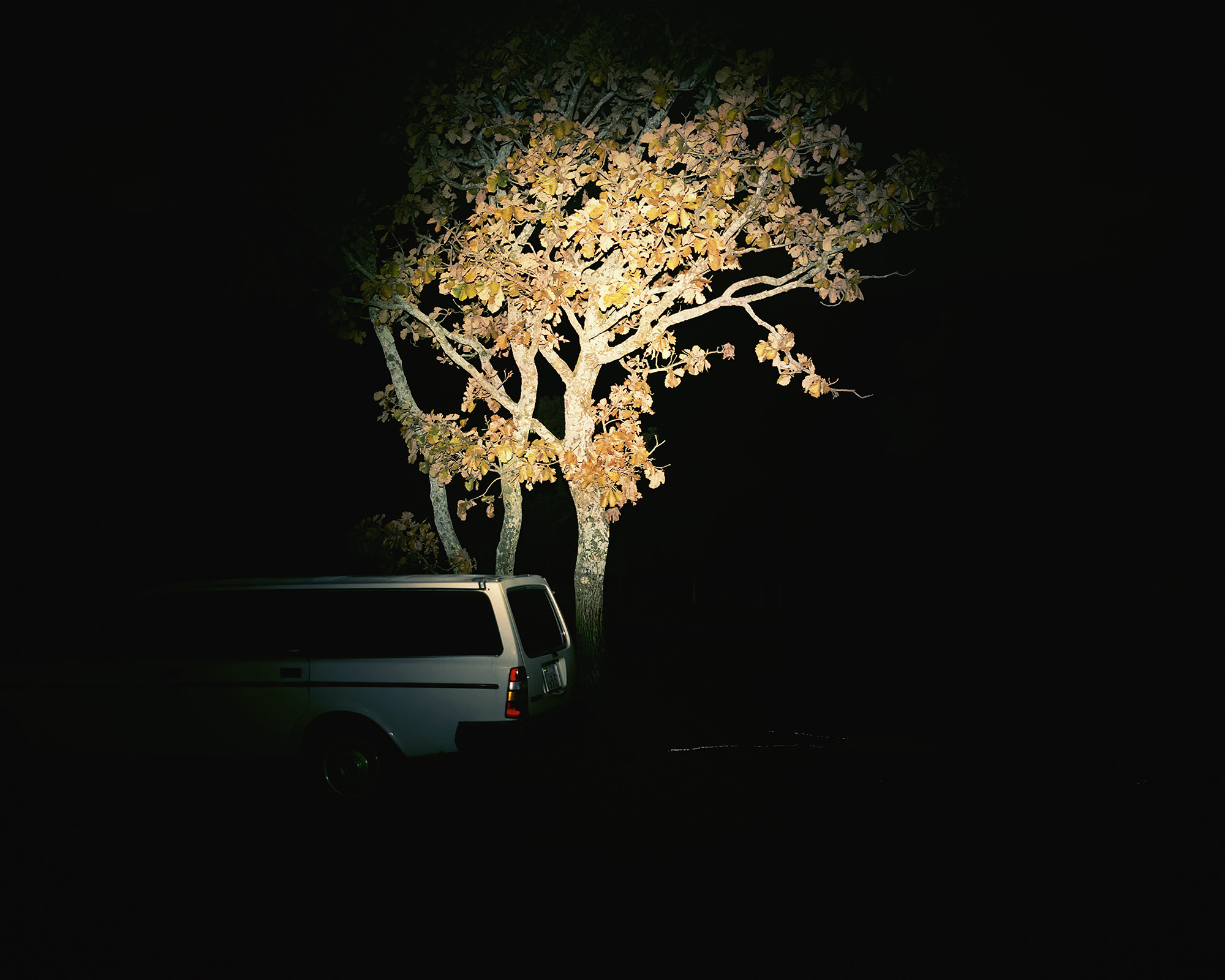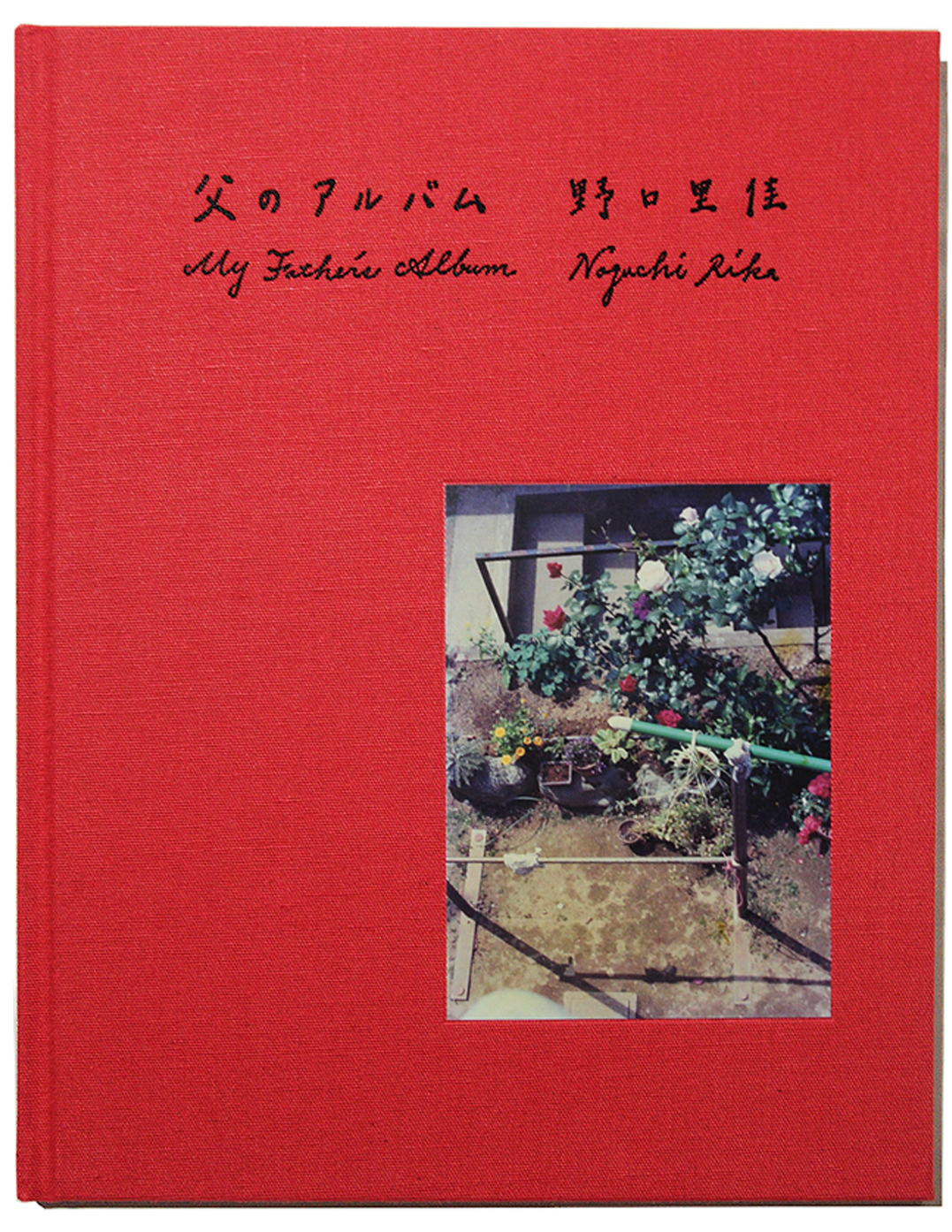
野口里佳『父のアルバム』
Book Design:葛西薫 安達祐貴 発行:赤々舎 Size:H276mm×W216mm Page:72 pages Binding:Cloth Hardcover Published in October 2022 ISBN:978-4-86541-145-4 ※表紙2種、中身同一、くれないは100部限定、サイン、エディション入
2 different covers (the contents are the same). This cover version is limited to 100 copies and signed, edition numbered. |
¥ 8,000+tax
国内送料無料! ご好評を頂き、くれないは、完売致しました Out of stock |
|---|
About Book
父のアルバム
時間の隔たりを超えて伝える、写真のもつ不思議な力。本書は、その写真を見るひとりひとりの記憶に触れ、時間の旅にいざなう力を湛えています。
「父の写真は父と家族のためのとても個人的なものです。けれど私がプリントしながら味わった幸福な時間は、写真の持つ不思議な力として、誰かに伝わるのではないかと思うのです。父の視線をなぞった私の視線がどこかの誰かに伝わり、誰かを少し幸せにできるといいなと思っています。」
My Father's Album
Noguchi Rika
My father died in July 2013. My mother passed away in 1992, when I was twenty. A few years before my father died, I asked him if he had the negatives to any photographs of my mother, and he handed me a file. The whole thing was crammed full of negatives. It was only after his death that I set upon the task of sorting through it.
Those negatives, taken on a half-size Olympus PEN camera, added up to a substantial volume. I developed them in small batches in the darkroom, in the order of the dates they'd been given by my father. The photographs started from my parents' honeymoon, and went onto document my birth, and that of my younger brother and sister. The majority of the photos were ones I'd seen previously in albums, but being there in the darkroom, shining a light on the negatives and fixing the images onto photographic paper, I was surprised by how vital those images felt. At first, I only ever intended to print a few of them, then found I couldn't stop. In the end, I developed the photographs up to the point where I finished elementary school. It was a strange experience, tracing my father's perspective like that. The way that the moments seared into those negatives would never return. The experience of savouring those photos in the darkroom. I knew that my father had been interested in cameras, but I'd never thought about the question of whether his photos were any good or not. Now, though, as I went about developing his photographs, I began to think of him as a pretty talented photographer. That sense gradually morphed into a conviction.
I've been taking photographs for around thirty years. But for me, photography is a way of making artwork--my photographs weren't about capturing my family and friends. Photography, for me, meant going out with my camera to take photographs for my art practice. Now, for the first time, through the act of developing my father's photos, I started to think about the very basic question of why it is that people take photographs of things. My father's pictures feature my mother, me, my brother and my sister, the roses that he grew, and the occasional landscape. Sometimes he's right up close to his subject matter, and at others, he shoots from a distance. He doesn't pay much attention to the background. What comes across strongly in his pictures is the sense of a particular moment in time that he wished to capture. My father's photos were a personal thing, created for himself and his family. Yet I can't help but feel that feeling of contentment I experienced developing his pictures might be passed along to someone else, through the miraculous power of photography. It's my hope that that perspective of mine, tracing the perspective of my father, may be passed along to someone somewhere, and bring them some contentment.
Noguchi Rika.
Related Exhibiton
野口里佳「不思議な力」 会期:2022年10月7日(金)~2023年1月22日(日) 時間:10:00〜18:00(木・金は 20:00まで、入館は閉館30分前まで) 会場:東京都写真美術館2F (東京都目黒区三田 1-13-3 恵比寿ガーデンプレイス内) 休館日:毎週月曜日(月曜日が祝休日の場合は開館し、翌平日休館)、年末年始(12/29〜1/1、1/4) ※12/28、1/2、1/3は臨時開館 |
Artist Information
野口里佳
さいたま市出身。那覇市在住。1992年より写真作品の制作を始め、展覧会を中心に作品を発表。現代美術の国際展にも数多く参加している。2002年、第52回芸術選奨文部科学大臣新人賞(美術部門)を受賞。国内での主な個展に「予感」(丸亀市猪熊弦一郎現代美術館、2001年)、「飛ぶ夢を見た」(原美術館、2004年)、「光は未来に届く」(IZU PHOTO MUSEUM、2011-2012年)など。作品は東京国立近代美術館、国立国際美術館、グッゲンハイム美術館、ポンピドゥ・センターなどに収蔵されている。
Noguchi Rika
Born in Saitama City in 1971, Lives and works in Naha City, Okinawa. she began taking photographs in 1992, developing a photographic practice focused around exhibitions. She has participated in a number of international art exhibitions. In 2002, she received the 52nd Minister of Education Art Encouragement Prize for New Artists.
Her major exhibitions inside Japan include a feeling of something happening (Marugame Genichiro-Inokuma Museum of Contemporary Art [MIMOCA],
2001), I Dreamt of Flying (The Hara Museum of Contemporary Art, 2004), and The light reaching the future (Izu Photo Museum, 2011-2012).
Her works are included in the collections of the National Museum of Modern Art, Tokyo, Tokyo Photographic Art Museum, Tokyo, The National Museum of Art, Osaka, the Guggenheim Museum, and the Centre Georges-Pompidou.
Related Items
|
|
野口里佳
『不思議な力』 ポストカードセット |

